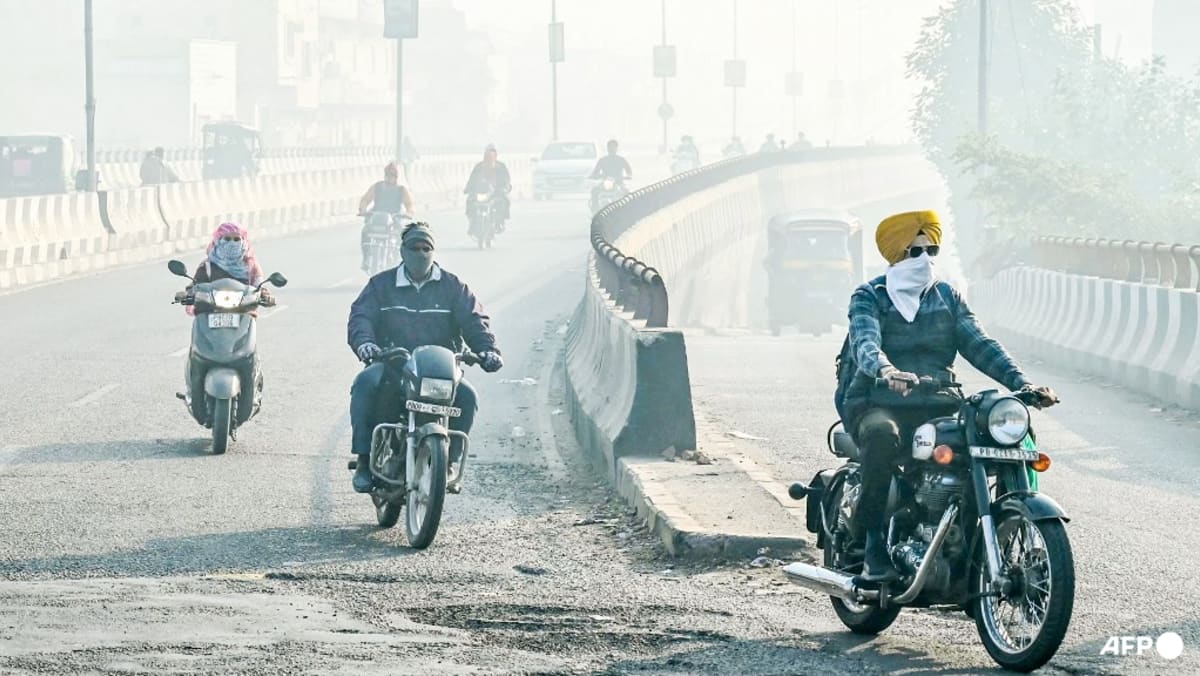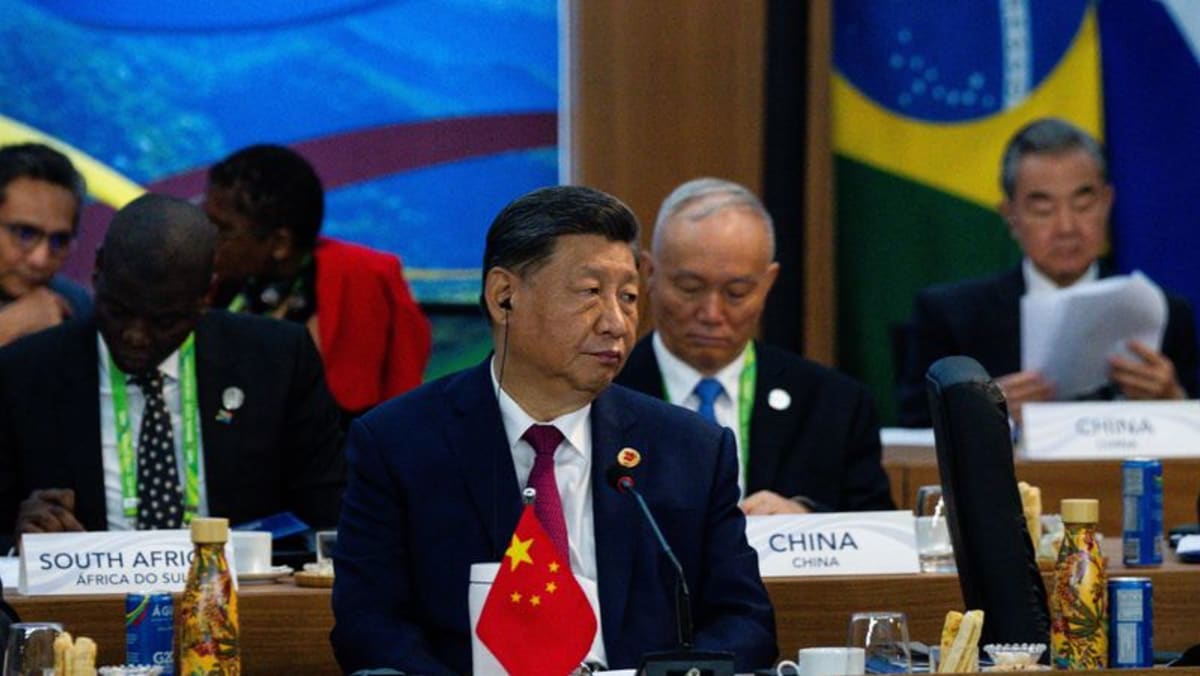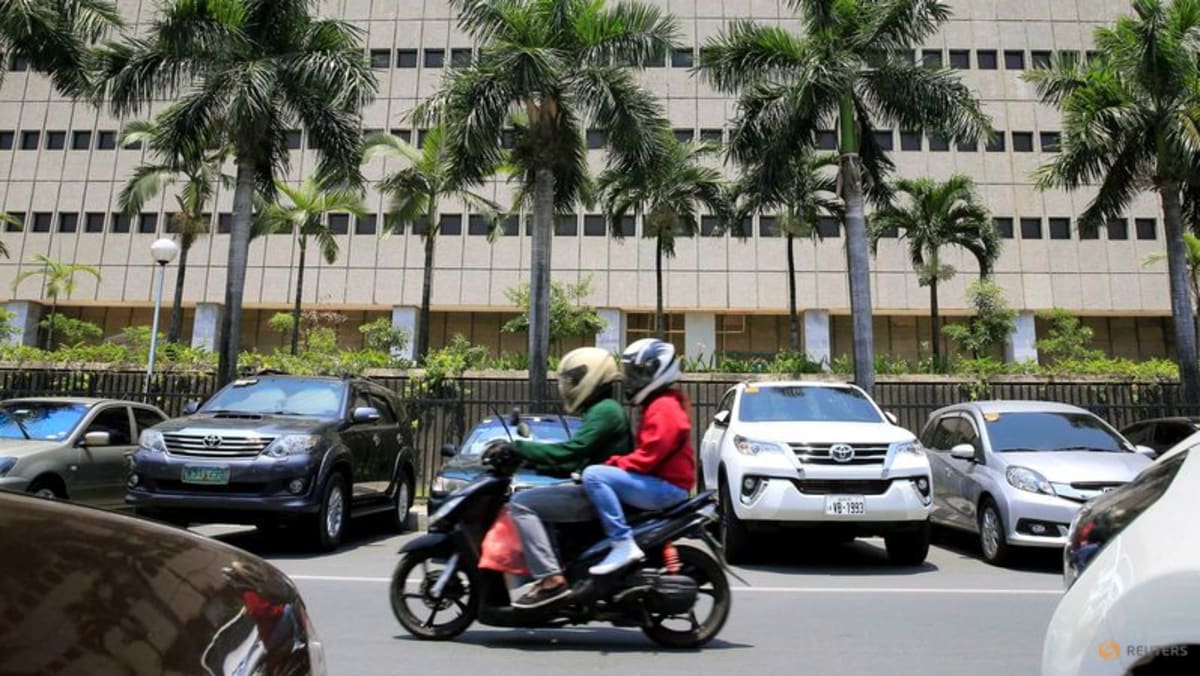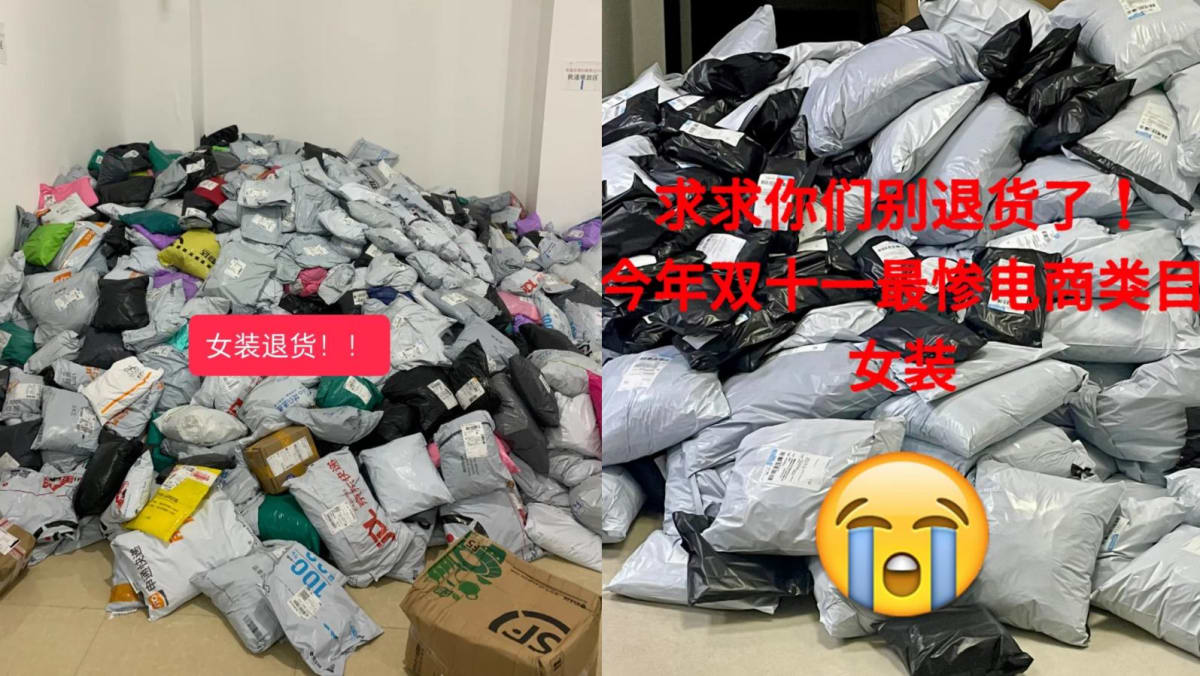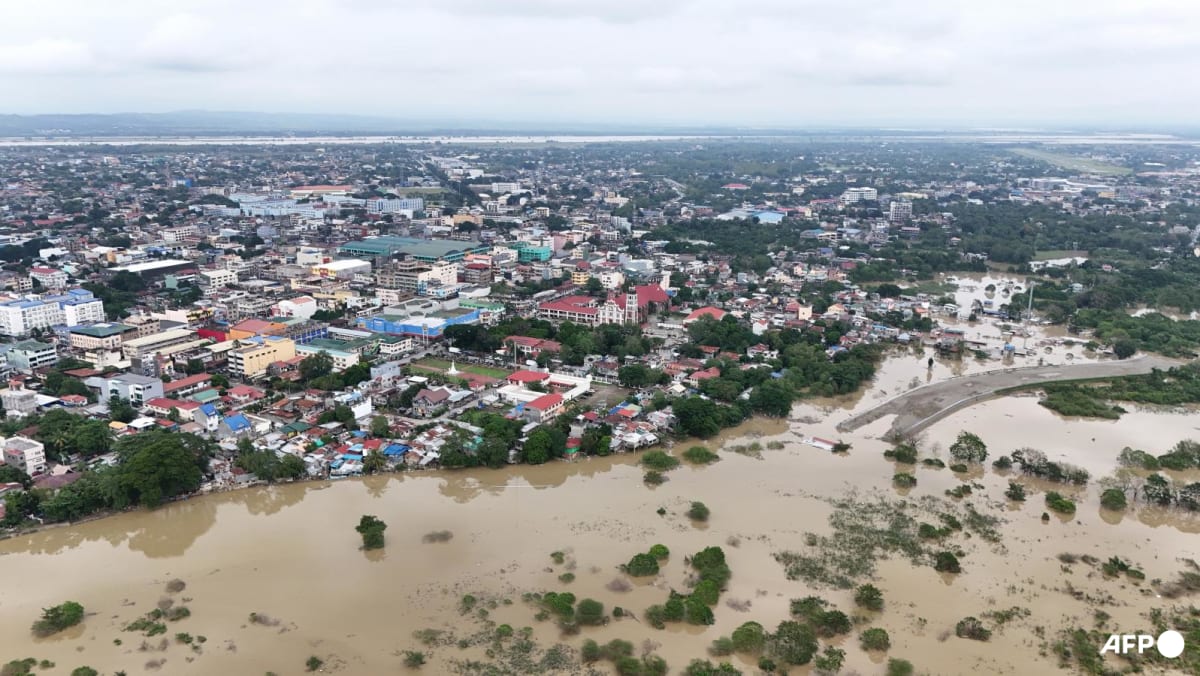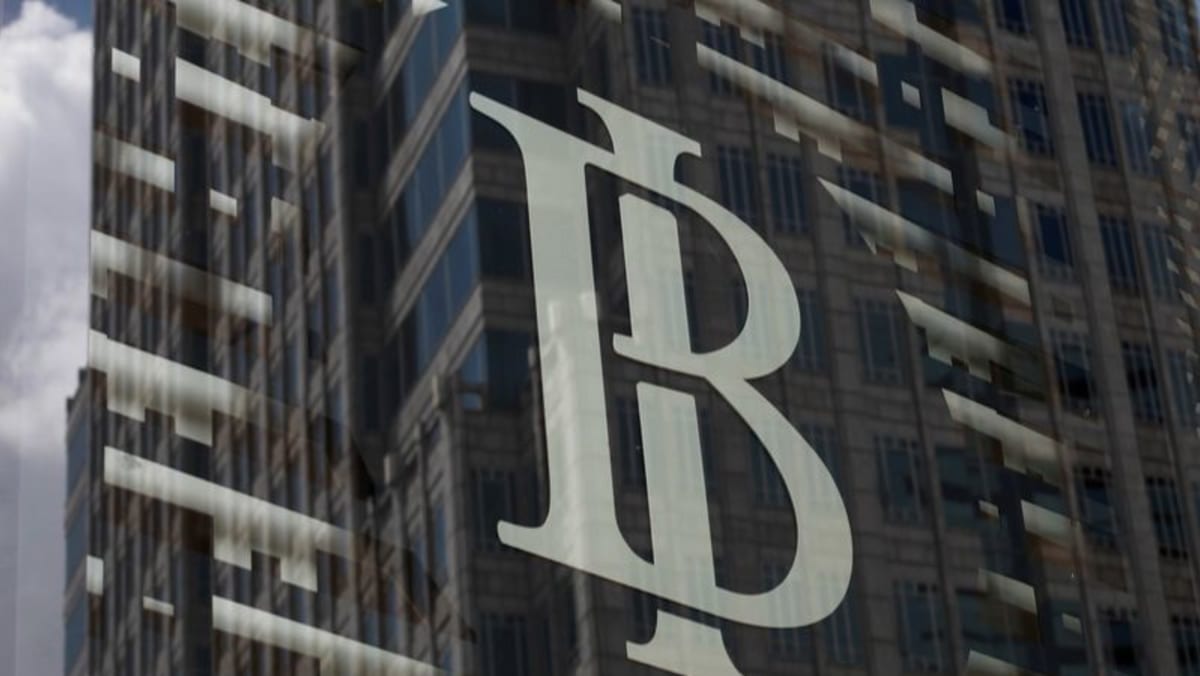How much worse can China’s economic slowdown get?
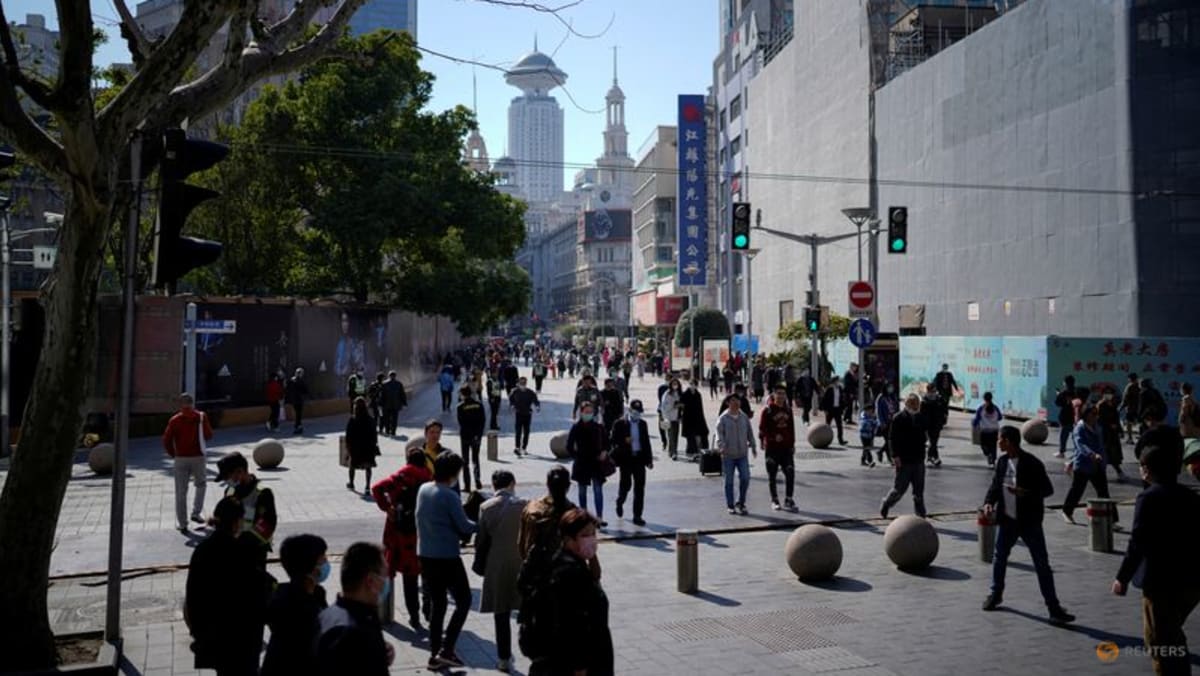
HONG KONG: China’s economic activity data for July, including retail sales, industrial output and investment failed to match expectations, fuelling concern over a deeper, longer-lasting slowdown in growth.
Activity data has been missing forecasts since the beginning of the second quarter, with the weakness raising worries that China’s economy is coming closer to a crunch point.
It would not be for the first time.
Alarm bells over growth rang during the global financial crisis in 2008-2009 and during a capital outflow scare in 2015. China came out of those with a shock boost to infrastructure investment and by encouraging property market speculation, among other measures.
But infrastructure upgrades have created too much debt, and the property bubble has already burst, posing risks to financial stability.
Given China’s debt-fuelled investment in infrastructure and property has peaked, and as exports are slowing in line with the global economy, China only has one other source of demand to tinker with – household consumption.
In that sense, this slowdown is different.
Whether China bounces back largely depends on whether it can convince households to spend more and save less, and whether they will do so to such an extent that consumer demand compensates for weaknesses elsewhere in the economy.
WHY ARE ECONOMISTS FOCUSING ON HOUSEHOLD DEMAND?
Unlike consumers in the West, Chinese people were left largely to fend for themselves during the COVID-19 pandemic and the revenge spending spree that some economists expected after China reopened never took place.
But household consumption, as a percentage of gross domestic product (GDP), was among the lowest in the world even before COVID-19, with economists identifying it as a key structural imbalance in an economy relying too heavily on debt-fuelled investment.
Economists blame weak domestic demand for subdued investment appetite in the private sector and for China sliding into deflation in July. If it persists, deflation could exacerbate the economic slowdown and deepen debt problems.
The imbalance between consumption and investment is deeper than Japan’s before it entered its “lost decade” of stagnation in the 1990s.
HOW BAD CAN THE SLOWDOWN GET?
The July activity data has prompted some economists to flag risks that China may struggle to meet its growth target of about 5 per cent for the year without more fiscal stimulus.
That is still much higher growth than many other major economies will see, but for one that invests roughly 40 per cent of its GDP every year – about twice as much as the United States invests – it remains a disappointing result.
There is also uncertainty about China’s appetite for large fiscal stimulus, given the high levels of municipal debt.
Stress in the property market, which accounts for about a quarter of economic activity, raises further concern about the ability of policymakers to arrest the decline in growth.
Some economists warn that investors will have to get used to much lower growth. A minority of them even raise the prospect of Japan-like stagnation.
But other economists say many consumers and small businesses may already feel economic pain as deep as during a recession, given youth unemployment rates above 21 per cent and deflationary pressures weighing on profit margins.
Source: CNA



